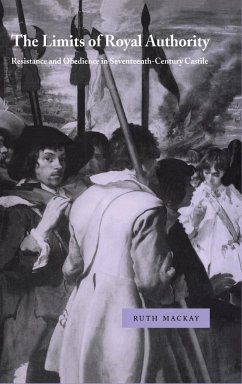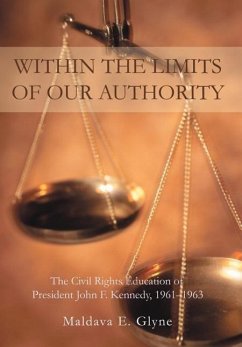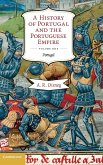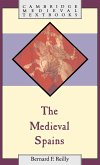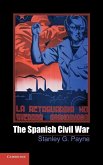In what is sometimes called the age of absolutism, Castilian nobles and commoners, tribunes and towns, were to a considerable degree able to resist and shape royal commands. Whereas there was little open conflict, there was sometimes a surprising degree of autonomy, rights and reciprocity on the part of the king's vassals. This is a study of one such form of resistance: the opposition to military levies. This opposition took place during a period of crisis, during the 1630s and 1640s, when the crown's need to raise an army came into conflict with a notion of kingship that was far from absolute. From the king's advisory councils to parliament, from city councils and seigneurial estates, to the most humble villages, Castilians had recourse to a wide range of political and juridictional means with which to dispute the king's claims and avoid conscription.
Table of contents:
Introduction; 1. Recruitment and royal authority; 2. Making soldiers of townsmen; 3. War, lords, and vassals; 4. Common claims; Conclusion.
In what is sometimes called the age of absolutism, Castilian nobles and commoners, tribunes and towns, were to a considerable degree able to resist and shape royal commands. This is a study of one such form of resistance: the opposition to military levies in the 1630s and 1640s.
A study of the variety of resistance to royal commands in Castile in the 1630s and 1640s.
Hinweis: Dieser Artikel kann nur an eine deutsche Lieferadresse ausgeliefert werden.
Table of contents:
Introduction; 1. Recruitment and royal authority; 2. Making soldiers of townsmen; 3. War, lords, and vassals; 4. Common claims; Conclusion.
In what is sometimes called the age of absolutism, Castilian nobles and commoners, tribunes and towns, were to a considerable degree able to resist and shape royal commands. This is a study of one such form of resistance: the opposition to military levies in the 1630s and 1640s.
A study of the variety of resistance to royal commands in Castile in the 1630s and 1640s.
Hinweis: Dieser Artikel kann nur an eine deutsche Lieferadresse ausgeliefert werden.

